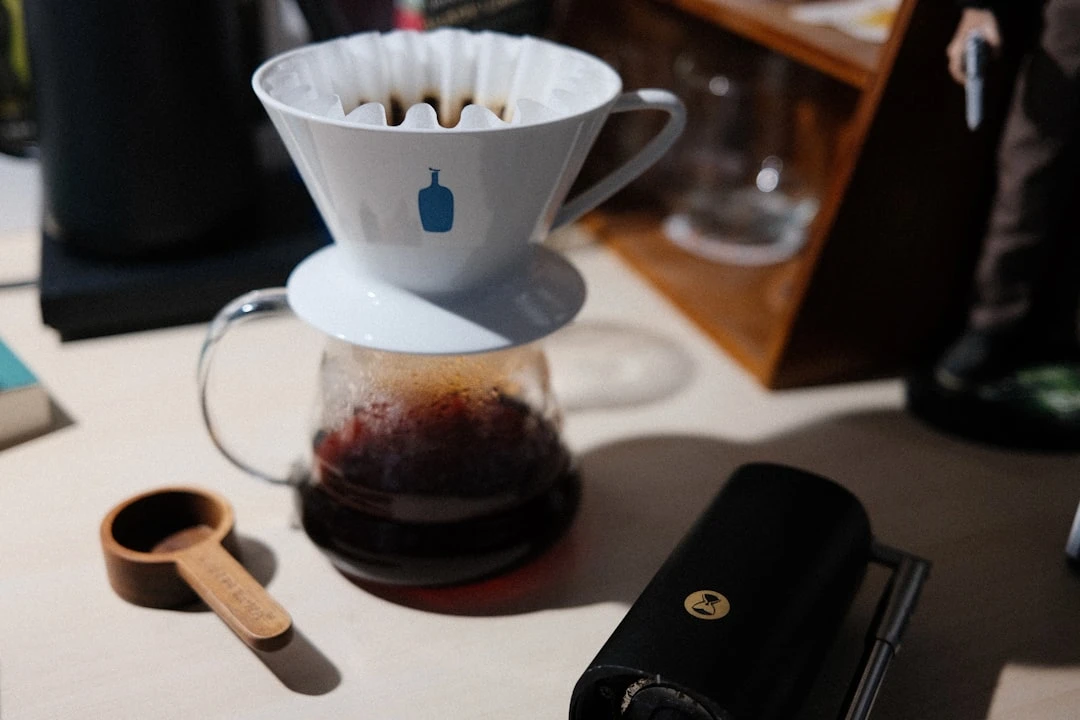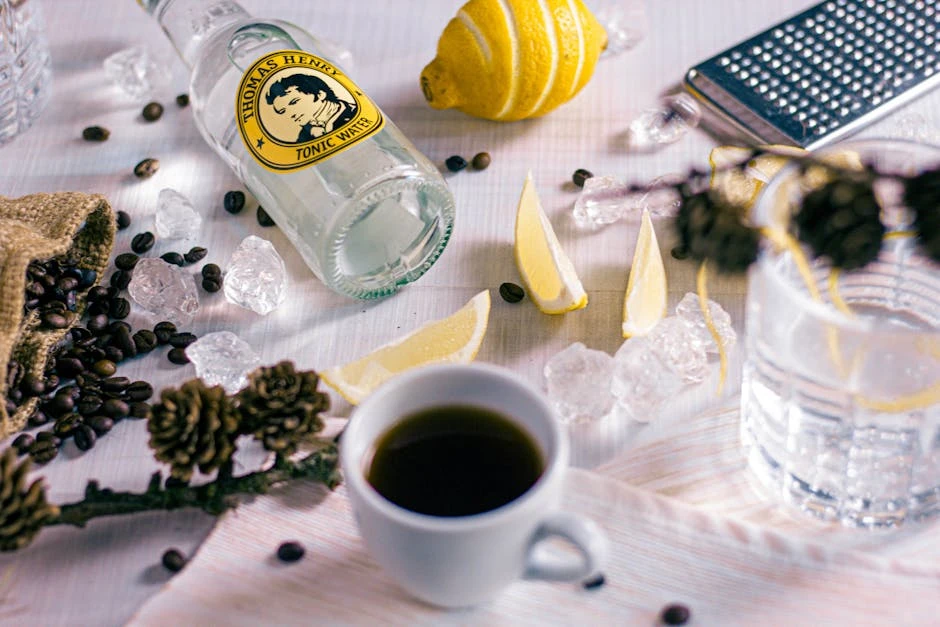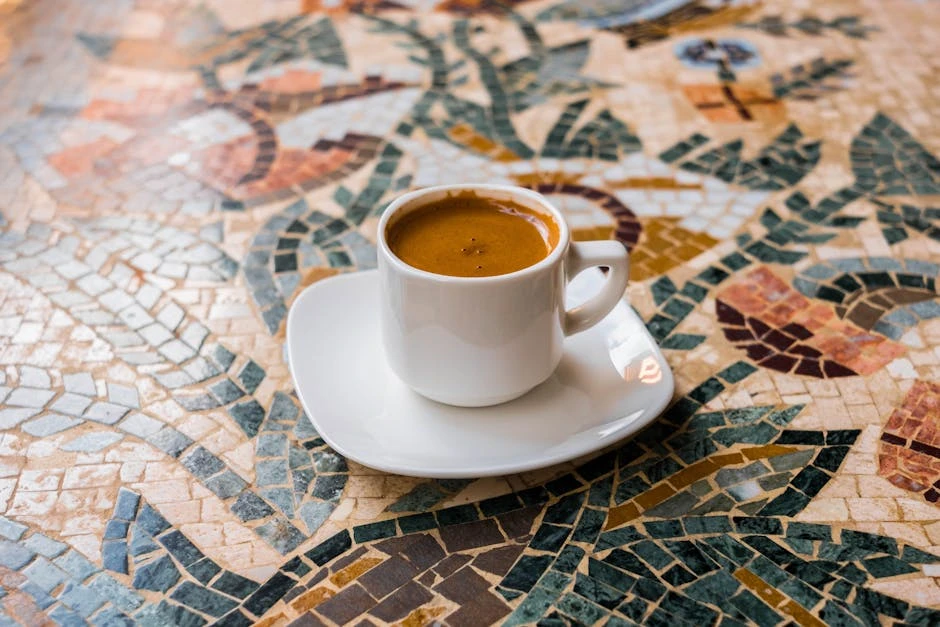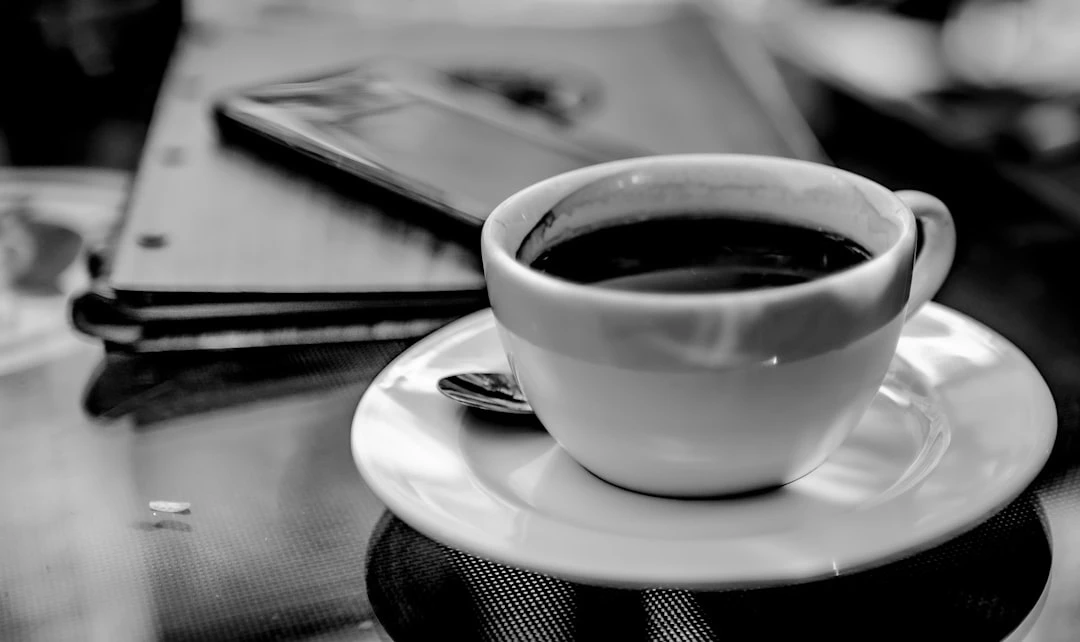French Press vs Drip Coffee: Which Brews Better Flavor & Caffeine?

Here's a stat that'll wake you up faster than your morning cup: Americans drink over 400 million cups of coffee every day, and most of us are brewing it completely wrong! I learned this the hard way after years of making bitter, weak coffee that left me wondering why people were so obsessed with this stuff.
The brewing method you choose makes a massive difference in your daily coffee experience. After experimenting with everything from expensive espresso machines to simple pour-over setups, I've discovered that the two most practical methods for home brewing are the French press and drip coffee. But which one actually produces better coffee?
In this guide, I'll walk you through everything I've learned about French press vs drip coffee brewing. We'll cover taste differences, convenience factors, costs, and help you figure out which method fits your lifestyle and taste preferences best.
French Press Coffee Basics: How It Works
Let me tell you about my first French press disaster. I thought I was being fancy when I bought this beautiful glass French press from a local coffee shop. The barista made it look so easy - just add coffee, pour water, wait, and press. What could go wrong?
Everything, apparently. My first cup tasted like I was drinking liquid dirt mixed with tree bark. The problem wasn't the French press itself, but my complete lack of understanding about how this brewing method actually works.
A French press uses what's called immersion brewing. Unlike drip coffee where water passes through the grounds once, French press coffee steeps in the water for several minutes. The coffee grounds and hot water hang out together in the carafe, extracting flavors, oils, and caffeine through direct contact.
Here's how it actually works: you add coarsely ground coffee to the bottom of the carafe, pour hot water over it, give it a gentle stir, and let it steep for about four minutes. Then you slowly press the metal filter down, separating the brewed coffee from the grounds. The metal mesh filter allows oils and fine particles to pass through, which is why French press coffee has such a rich, full body.
The typical ratio I use now is about 1:15 - one part coffee to fifteen parts water. For a standard 8-cup French press, that's roughly 56 grams of coffee to 840 grams of water. But honestly, I just eyeball it most mornings. The beauty of French press is that it's pretty forgiving once you get the basics down.
Drip Coffee Fundamentals: The Popular Choice
Drip coffee is probably what your parents drank, and their parents before them. It's the tried-and-true method that's dominated American kitchens for decades. But there's actually more science behind that simple drip than you might think.
I used to think all drip coffee was the same until I started paying attention to the brewing process. There are actually two main types: automatic drip (like your standard Mr. Coffee machine) and manual pour-over methods. Both work on the same principle - gravity pulls hot water through coffee grounds and a filter - but the control you have over variables makes a huge difference.
With automatic drip makers, you're basically putting your trust in the machine. You add water to the reservoir, coffee to the filter basket, press a button, and hope for the best. The machine heats the water and distributes it over the grounds, usually through a showerhead-style dispenser. The whole process takes about 5-6 minutes for a full pot.
Pour-over methods like the Chemex or V60 give you complete control over water temperature, pouring speed, and extraction time. I'll admit, I felt pretty pretentious the first time I bought a gooseneck kettle and started doing the whole circular pouring thing. But the difference in taste made me a convert.
The paper filters used in most drip methods trap oils and fine particles, resulting in a cleaner, brighter cup compared to French press. The coffee-to-water ratio is similar - usually around 1:16 or 1:17 - but the extraction happens as water passes through rather than steeping.
Taste Comparison: French Press vs Drip Coffee Flavor
| Feature | French Press | Drip Coffee |
|---|---|---|
| Flavor | Bold, rich, full-bodied | Mellow, clean |
| Brew Time | 4 minutes | 5–8 minutes |
| Caffeine Content | Higher (per oz) | Lower (per oz) |
| Cleanup | Manual, messy | Simple, automated |
| Equipment Needed | Press, kettle | Machine, filter |
This is where things get really interesting, and honestly, where most people form their strong opinions. I've served the same coffee beans brewed both ways to friends, and the reactions are always split down the middle.
French press coffee has what we call "body" - it's thick, rich, and coats your mouth. The metal filter allows coffee oils and fine particles through, creating a heavier mouthfeel. When I drink French press, I can almost chew it. There's also more sediment at the bottom of the cup, which some people love and others find annoying.
The flavor tends to be more intense and complex because of the longer extraction time. You get more of the coffee's natural oils, which carry a lot of flavor compounds. However, this can also mean more bitterness if you over-extract or use water that's too hot. I learned this lesson when I was rushing one morning and used boiling water instead of letting it cool to the proper 200°F.
Drip coffee, especially when made with paper filters, produces a cleaner, brighter cup. The paper filter removes most of the oils and all the fine particles, resulting in a coffee that's more translucent and lighter in body. You can taste the individual flavor notes more clearly - the fruitiness, acidity, or chocolate notes that coffee snobs always talk about.
I tend to prefer French press with darker roasts because the body complements the bold, roasted flavors. For lighter roasts with more delicate flavors, drip coffee often showcases those subtle notes better. But honestly, this is where personal preference really comes into play.
Convenience Factor: Which Method Fits Your Lifestyle
Let's be real about our morning routines. I'm not a morning person, and I need my coffee-making process to be as foolproof as possible when I'm still half-asleep. This is where the convenience factor becomes crucial.
French press wins in some areas and loses in others. On the plus side, it's incredibly simple - no filters to buy, no complicated settings to remember. You can make it anywhere you have hot water. I take my French press camping, to hotel rooms, and even to the office sometimes. It's also great for making multiple cups at once.
But there are some downsides. You need to time the steeping process, which can be tricky when you're juggling morning tasks. I've definitely let coffee steep for 10+ minutes because I got distracted, resulting in an undrinkably bitter cup. The cleanup is also more involved - you need to dispose of the wet grounds and give the carafe a good rinse.
Automatic drip coffee makers are the ultimate set-it-and-forget-it option. Load it up the night before, set the timer, and wake up to fresh coffee. No timing required, no pressing, no fuss. The cleanup is minimal - just toss the filter and rinse the carafe.
Pour-over methods require more attention and skill but give you complete control. I love the ritual of pour-over on weekend mornings when I have time to focus on the process. But on busy weekdays? Not happening.
Cost Analysis: French Press vs Drip Coffee Equipment
Money talks, especially when you're trying to justify another coffee gadget to your spouse. I've probably spent more on coffee equipment than I care to admit, so let me break down the real costs.
French press equipment is beautifully simple and affordable. A decent French press costs between $20-50 and can last for years. I'm still using a Bodum press I bought five years ago, and the only replacement part I've needed is the mesh filter assembly, which cost about $10. There are no ongoing costs for filters or special accessories.
Drip coffee equipment ranges from super budget-friendly to ridiculously expensive. A basic automatic drip maker starts around $30, but you'll need to buy paper filters regularly. I spend about $5-10 per month on filters, which adds up over time. Higher-end drip makers can cost several hundred dollars.
Pour-over equipment has a wide price range. A plastic V60 dripper costs under $10, but you'll want a gooseneck kettle ($30-100) and paper filters (ongoing cost). A Chemex runs about $40-50, plus the special filters that cost more than regular ones.
The real cost consideration is coffee beans. French press uses more coffee per cup than drip methods, so your bean budget might increase slightly. But honestly, the difference is minimal compared to the cost of buying coffee shop drinks.
Health Considerations: Filtered vs Unfiltered Coffee
This is where things get a bit scientific, and I'll admit I didn't know about any of this until my doctor mentioned it during a routine checkup. The filtering method actually affects the health properties of your coffee.
French press coffee contains higher levels of compounds called cafestol and kahweol, which can raise cholesterol levels. The paper filters used in drip coffee remove most of these compounds. My doctor explained that if you drink several cups of French press daily and have cholesterol concerns, you might want to consider filtered coffee instead.
However, French press coffee also retains more antioxidants and beneficial compounds because nothing's being filtered out. The oils that pass through the metal filter contain antioxidants that paper filters would remove. So it's a bit of a trade-off.
Caffeine levels are pretty similar between the two methods, though French press might be slightly higher due to the longer extraction time. I've never noticed a significant difference in my morning energy levels between the two methods.
The sediment in French press coffee can bother some people's stomachs, especially if you're sensitive to acidity. The cleaner cup from drip coffee is often easier on digestion.
Common Mistakes and Pro Tips for Both Methods
I've made every coffee mistake in the book, so let me save you some disappointing cups. The biggest French press mistake is using the wrong grind size. I used to use pre-ground coffee from the grocery store, which is usually too fine for French press. This creates over-extraction and makes the coffee taste bitter and muddy.
Get your coffee ground coarsely, like sea salt or breadcrumbs. If you're grinding at home, a burr grinder is worth the investment. Blade grinders create inconsistent particle sizes that extract unevenly.
Water temperature is crucial for both methods. Boiling water scorches the coffee and creates bitterness. I let my water cool for about 30 seconds after boiling, aiming for around 200°F. If you don't have a thermometer, the water should be steaming but not actively bubbling.
For drip coffee, the biggest mistake is using too much or too little coffee. I used to wing it and wonder why my coffee tasted different every day. Now I use a kitchen scale to measure both coffee and water. It sounds nerdy, but consistency is key to good coffee.
Pre-wet your paper filters before adding coffee. This removes the papery taste and helps the filter stick to the dripper. I learned this from a barista who was probably tired of watching me struggle.
Don't forget about water quality. I live in an area with hard water, and it was affecting my coffee taste. A simple water filter made a noticeable difference in both brewing methods.
Conclusion
After years of experimenting with both methods, I've realized there's no single "best" way to brew coffee. French press gives you a rich, full-bodied cup with minimal equipment and maximum portability. Drip coffee offers convenience and a cleaner flavor profile that highlights the coffee's unique characteristics.
My honest recommendation? Try both and see what fits your lifestyle and taste preferences. I keep both a French press and a drip setup in my kitchen because sometimes I want that rich, chewy French press coffee, and other times I prefer the bright, clean taste of drip.
Consider your morning routine, budget, and taste preferences when making your choice. If you're always rushing in the morning, automatic drip might be your best friend. If you enjoy the ritual of coffee making and prefer a fuller-bodied cup, French press could be perfect.
Don't be afraid to experiment with different coffee beans, grind sizes, and brewing ratios. The beauty of home brewing is that you can customize everything to your exact preferences. And remember, the best coffee is the one you actually enjoy drinking, regardless of what coffee snobs might say.


